Search
Ex libris Alexandre J. Riera
Read more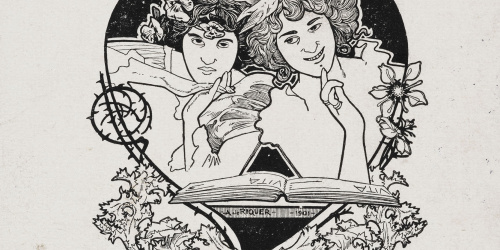
Ex libris Alexandre J. Riera
Read more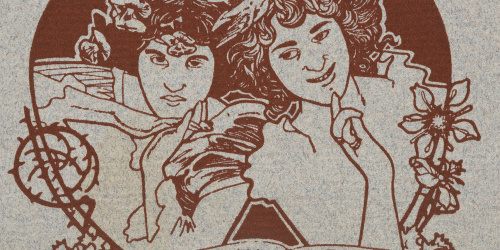
Ex libris Alexandre J. Riera
Read more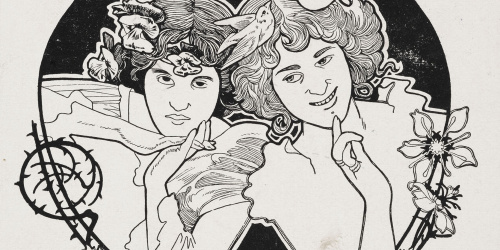
Ex libris Alexandre M. Pons
Read more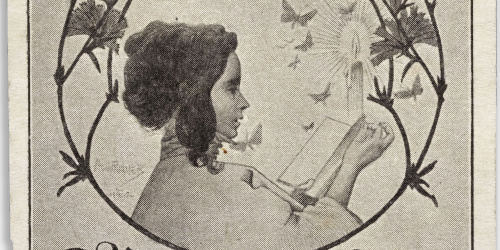
Ex libris Alexandre M. Pons
Read more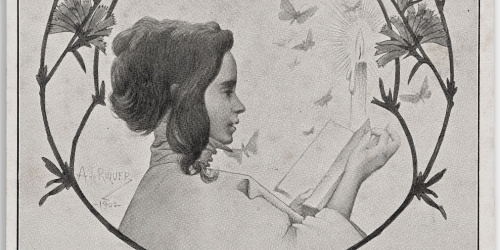
Ex libris Alexandre M. Pons
Read more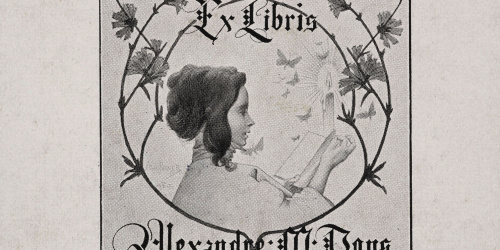
Ex libris Alexandre M. Pons
Read more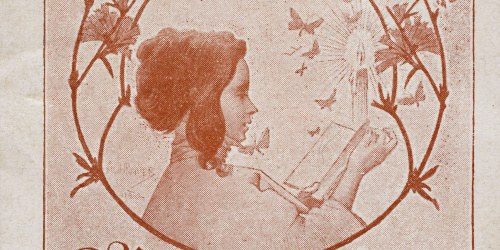
The woman, an active social life
The 1910s are also remarkable for the abandonment of the corset that, on one hand, was driven by women’s emancipation and growing activity in social life and, on the other hand, symbolized the women’s liberation from the rigid roles and tough boundaries that society used to put on them.
The New Woman was bicycling, driving, playing tennis and golf, swimming and doing other sports. This new trend of participating in lots of outdoor activities promoted the idea of the athletic woman as fashionable and socially acceptable, but also gave a push for development of women’s sportswear design and cleared the path for women to wear trousers.
Do you want to know more?
- Ramon Casas, Real Automóvil-Club de Cataluña. Copa Tibidabo, 1914
- Francesc Labarta, Papitu, 1911
- Louis John Rhead, The Century. Midsummer Holiday Number, 1895
- Aleardo Villa, Orio & Marchand Cycles Automobili, before 1903 and Alexandre de Riquer, Salon Pedal, 1897
- Joan Llaverias, Regatas Internacionales al remo, 1902; Pere Pruna, Winter Sports, 1930 and Edward Penfield, March, April (Golf Calendar), 1899
Prints and Drawings

The collection of the Museu Nacional contains a rich and varied repertoire of works on paper, a very representative reflection of the interest in the disciplines of drawing and engraving from the sixteenth century on. The endeavours of individuals such as the Modernista writer and critic Raimon Casellas or the artist Alexandre de Riquer exemplify the commendable achievements of the many collectors who contributed to the fonds of what is now the museum’s Drawings and Engravings section. In order to enhance our appreciation of these works and make them more accessible to visitors, this space includes a small selection of some of the most important and valuable pieces in the collection. Given the fragility of the exhibits, and in the interests of their conservation, the conditions in this room are different from those in the rest of the exhibition.
|
Vicent López Portaña, Woman's Head, circa 1826 |
Ramon Martí i Alsina, Self-portrait, circa 1875 |








